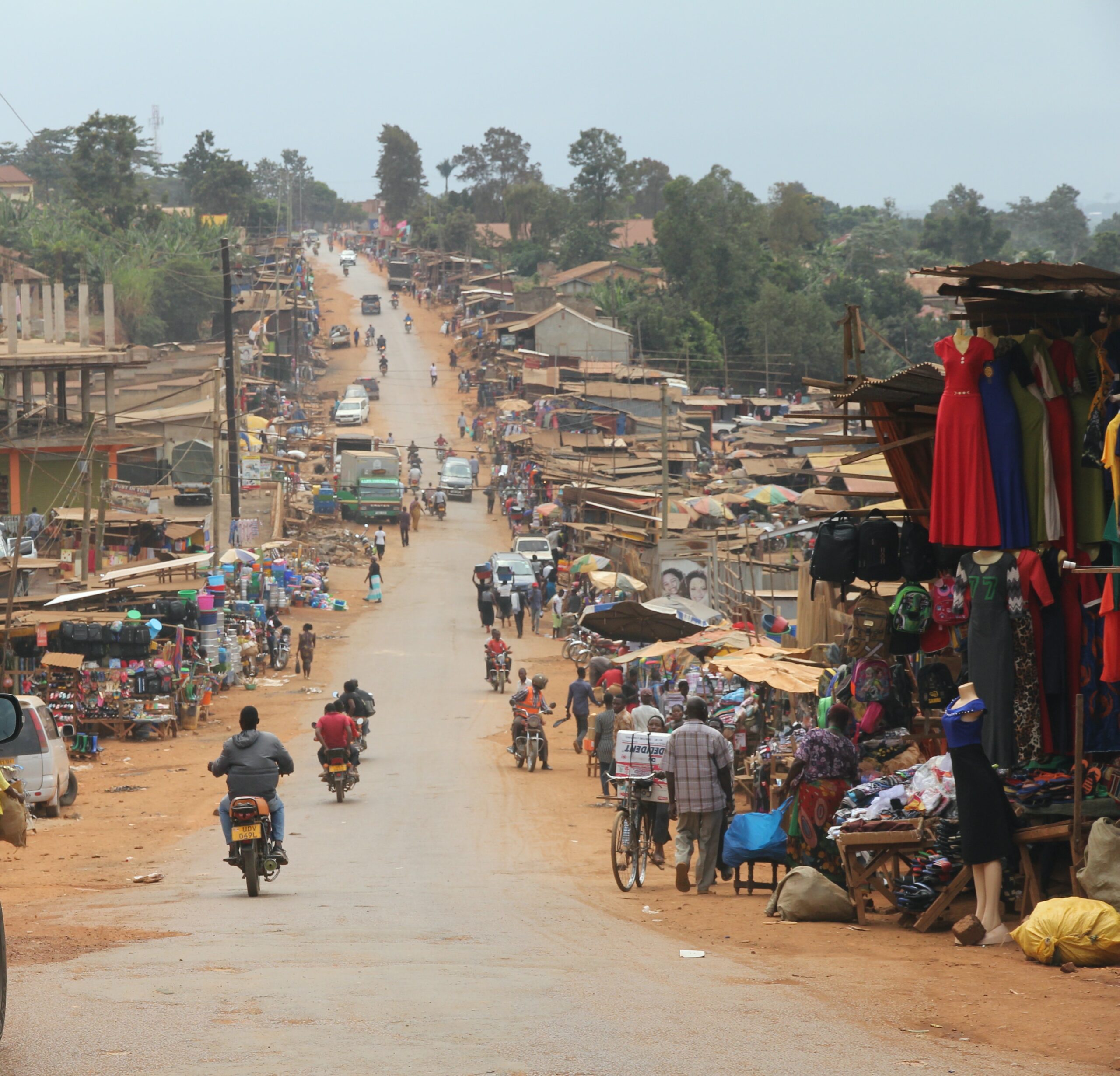Rapid and far-reaching transformations are needed to meet climate- and development objectives in tandem. This holds true especially in Africa where many countries are among the most vulnerable to climate change and with regional greenhouse gas emissions likely to increase significantly under current policies (although remaining marginal at a global scale), while facing pressing development challenges, including ensuring universal electricity access. Currently, 43% of the population lack access to electricity.
To guide these transformations, African countries need a concrete vision of their low-greenhouse gas and climate-resilient development that reflects their national circumstances. Such vision is essential for national policy coherence across different objectives and for clearly communicating national development priorities to international cooperation on climate and development, including cooperation on finance (see how our work on a vision in Senegal fed into the recent Senegalese JETP , for an example).
Developing such country-driven vision presents many challenges to most African countries, relating notably to a weak political interest for long-term climate planning in a context of short-term development priorities and to the limited technical capacity needed in developing the underlying analysis that feeds the process. Based on the work conducted under the international IDDRI-led Deep Decarbonisation Pathways initiative in Senegal and Nigeria – led by ENDA Energie and the Centre for Climate Change and Development respectively – we demonstrate that processes delivering these long-term country visions and trajectories can be implemented in African countries despite challenges. We identify five key lessons to guide other countries when designing a process to draft a national climate and development strategies.
First, the process must have the active support and involvement of the government. Such mandate was officially given by the Department of Climate Change in Nigeria and by the Ministries of Petroleum and Energy and of the Environment (jointly) in Senegal, and representatives from these ministries chair the strategic committee steering the respective projects. This guarantees that the processes are well anchored in national policy seen as relevant to inform decisions, but also that they are seen as legitimate by other actors, facilitating the engagement of a broad range of stakeholders including the national economic policy planning department.
Second, and related to the previous point, the process must be nationally owned and domestically inclusive. The project in Senegal conducted its analysis through a technical and in-depth dialogue involving around 50 national stakeholders representing government, academia, civil society and the private sector. In Nigeria, engagement with stakeholders and experts were conducted at different steps of the process in technical meetings and broader consultations to gather feedbacks and ensure ownership by a diversity of actors.
Third, the analysis must take into account national development priorities. In Senegal, this meant explicitly analysing whether and how increasing the share of renewable energy in the electricity mix would impact the national imperative of universal energy access; the analysis shows the importance of demand-side measures to address this issue consistently in all relevant economic sectors (industry, agriculture, infrastructure, etc.). In Nigeria, a critical question relates to the macroeconomic effects of fossil fuel production, given the high dependence of the country on fossil fuels for its GDP and exports. The analysis shows that structural change in the domestic economy is needed to ensure macroeconomic stability in the low-emission transition.
Fourth, it is necessary to build national analytical capacity that can sustainably help address the development and climate issues domestically. This ensures that the analyses are country-driven and can be conducted beyond the contours of a given project, acknowledging the need for continuity in the processes. In both Senegal and Nigeria, this took the form of modelling trainings in energy- and macro-economic modelling tools (LEAP and IMACLIM) and the engagement of international experts accompanying the work of the national modellers.
Fifth, the underlying analysis and long-term scenario must be detailed at a sectoral level in order to be informative for sectoral policymaking. In Senegal, the stakeholders involved in the project were organised in five thematic groups, four with a sectoral focus (energy, industry, infrastructure/urban, agriculture) and one focusing more broadly on sustainable development with a role to integrate the sectoral visions in an overarching one. In Nigeria, the analysis includes a detailed analysis of key sectors, led by dedicated experts (Oil & Gas, Power, Residential, Industry, Transport, AFOLU).
The design of a long-term vision and long-term strategy for Nigeria and the JET-P deal signed by Senegal in June 2023, both informed by the country projects described above, demonstrate the domestic benefits of such processes. This includes informing domestic decisions, and policies that meet both climate and development objectives, and developing clear investment priorities that can be leveraged in international discussions on international finance. As a co-benefit, governments can also use such processes to draft a long-term low emission development strategy, as encouraged by the Paris Agreement (so far only 6 African countries have handed in their LT-LEDS to the UNFCCC). Producing an LT-LEDS sends an important signal to other countries and actors of national plans to join in international efforts to meet global mitigation goals, and could facilitate a discussion with international actors on the conditions needed to follow the vision for GHG mitigation set out in the LT-LEDS.
